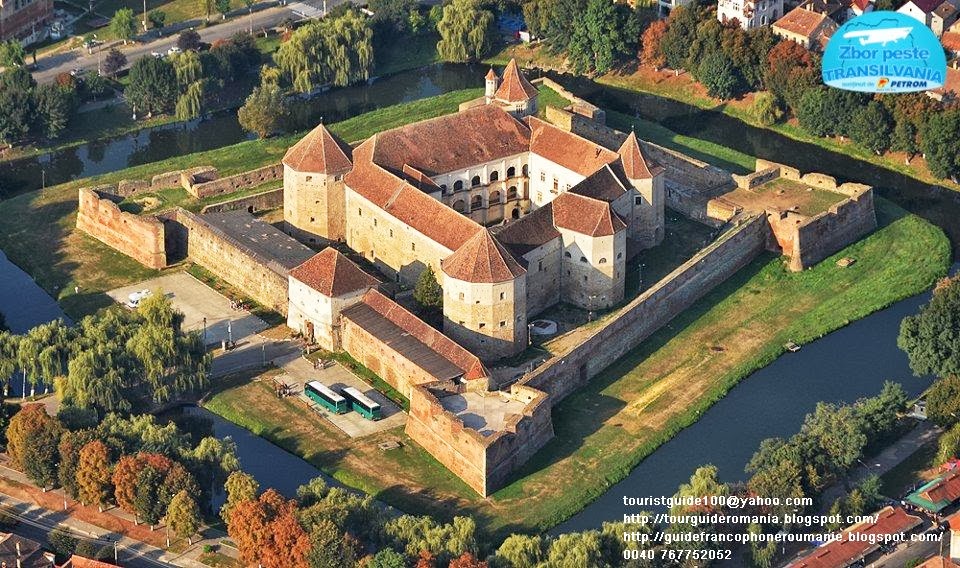marți, 25 februarie 2014
Danube Delta Romania
The Danube Delta is the second largest river delta in Europe, after Volga Delta, and is the best preserved on the continent. The greater part of the Danube Delta lies in Romania (Tulcea county), while its northern part, on the left bank of the Chilia arm, is situated in Ukraine (Odessa Oblast). The approximate surface is 4,152 km², 3,446 km² are in Romania. If we include the lagoons of Razim-Sinoe (1,015 km² with 865 km² water surface), located south to main delta, the total area of the Danube Delta reaches 5,165 km². The Razelm - Sinoe lagoon complex is geologically and ecologically related to the delta proper and their combined territory is part of the World Heritage Sites.
Recorded history first noted the Delta under Dacian control before being conquered by the Romans. After invasion by the Goths the region changed hands many times. During the 15th century, the Danube Delta became part of the Ottoman Empire. In 1812, following the Russo-Turkish War the borders of Ottoman and Russian Empires were set by Kilia and Old Stambul Channels of Danube, and in 1829 by St George Channel. The Treaty of Paris of 1856, which ended the Crimean War, assigned the Danube Delta to the Ottoman Empire and established an international commission which made a series of works to help navigation. In 1878, following the defeat of Ottoman Empire by Russia and Romania, the border between those two was set by the Kilia and Old Stambul Channels.
In 1991, the Romanian part of the Danube Delta became part of the UNESCO list of World Heritage Sites. Around 2,733 km² of the delta are strictly protected areas.
In 1998, under UNESCO Programme on Man and the Biosphere, the 6264.03 km² of Danube Delta were established as Biosphere Reserve shared by Romania and Ukraine.
Historically, in Romania, part of Danube Delta was marked as a reserve back in 1938.
In Ukraine, the Danube branch of Black Sea State Reserve was established in 1973. In 1981 it was reorganized into Natural Reserve "Danube Fluxes", and in 1998 it was extended into Danube Biosphere Reserve.
Abonați-vă la:
Postări (Atom)

 Danube Delta : Winter Time
Danube Delta : Winter Time